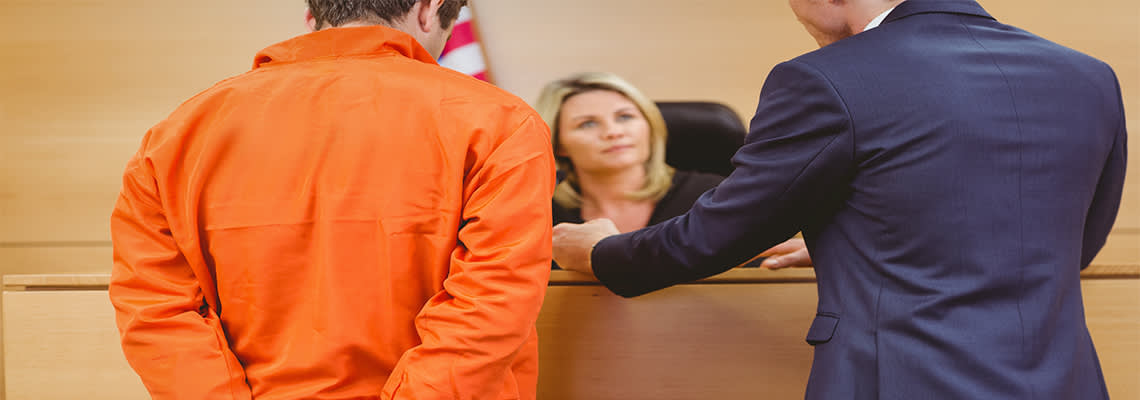
Understanding Evidence in a Criminal Trial
Everyone deserves to have their rights protected, even those who have been accused of crimes. In Pittsburgh, 75% of criminal property offenses come from larceny theft charges, and for violent crimes 61% are assault-related and 32% are for robbery. When heading into a criminal trial, it’s essential to have an experienced defense attorney on your side who’s familiar with these and other charges you may be facing—as well as a deep understanding of the evidence that might be brought against you. If you’ve been charged with a crime and want to know what you can expect in the months ahead, contact me, Marc V. Taiani, Esquire and Allegheny Attorneys at Law, P.C. to set up a free telephone consultation. I’m committed to serving clients in Pittsburgh, Pennsylvania and the surrounding areas including Shaler Township, Ross Township, Fox Chapel, O’Hara Township, Penn Hills, Oakmont Borough, Indiana Township, and Aspinwall. What is Evidence?Evidence is any proof legally brought forward in a trial that’s used to convince a judge or jury of a disputed point. Evidence can be a physical object, testimony either given in person or by video or transcript, photographs, documents, or scientific or forensic evidence such as fingerprints or DNA findings. Evidence can be admitted by either the prosecution or the defense, but it must be relevant to the case, meaning it can be used to prove or disprove a fact that’s in dispute, including attesting the character of a witness or the accused. Admissible evidence must also have a foundation, meaning there must be other facts and evidence presented alongside it that prove the validity of the new evidence. For example, if a weapon was brought forward as evidence, a “foundation” could be set up by having the witness confirm it belonged to them and producing a receipt of sale for the weapon. Evidence at Criminal TrialThere is generally thought to be two types of evidence: direct and circumstantial evidence. Direct evidence has a direct link to the crime, with an example being eyewitness testimony from someone who saw the crime being committed. On the other hand, circumstantial evidence is indirectly related, yet shows a natural connection or link to the crime. This could be an eyewitness who saw something around the time the crime was committed that could naturally be connected to a fact the attorney is trying to prove, such as seeing the suspect fleeing holding a gun. Both types of criminal evidence are used in a trial, and you’ll typically see circumstantial evidence used more frequently—but both are equally valuable. In a criminal trial, it’s also important to understand the rule against hearsay. Hearsay refers to any evidence that’s reported second-hand, such as a witness testifying they heard someone else say something. There are exemptions to the hearsay rule, but the most useful evidence will most likely be direct and circumstantial. What Evidence Is or Is Not Admissible in Court?There is almost always evidence brought up by both sides in a trial that will not be admissible, and a good criminal defense attorney will seek to suppress such evidence if it may hurt your case. Inadmissible evidence may be hearsay, irrelevant, or in some cases illegally obtained. For example, neither side can use evidence that they have from an illegal search and seizure. However, if the evidence was legally obtained and can be shown to be relevant, it may generally be admitted. How Experienced Advocacy Can HelpNobody should face criminal charges alone. With the help of a skilled and compassionate criminal defense lawyer, you can improve your chances of a favorable outcome. I’ve been helping clients in my community since 2005 and know how important it is to have someone in your corner who will listen and fight to protect your rights. If you’re in the Pittsburgh, Pennsylvania area, call me today to get started. |
